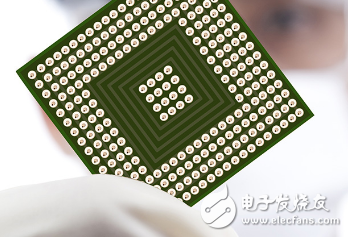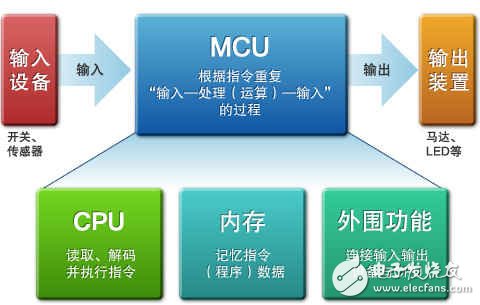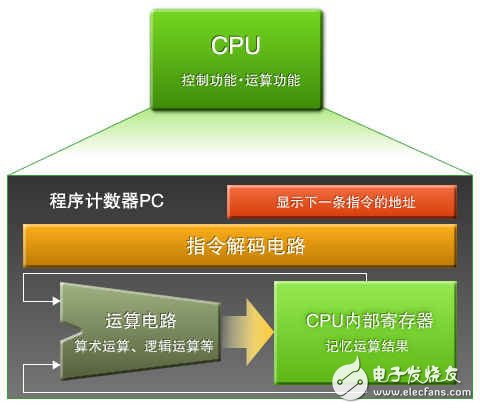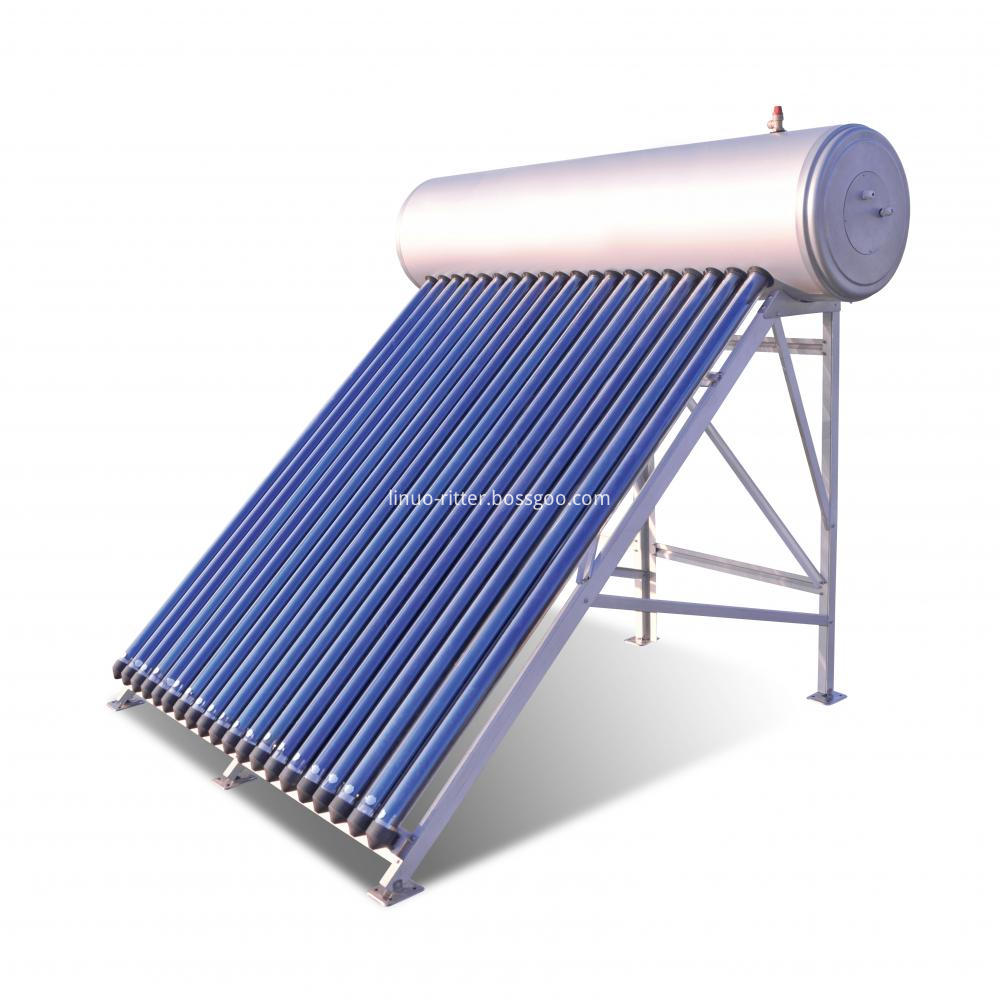This series explains the basics necessary for an embedded system development technician. This basic knowledge is a common technical knowledge that both hardware and software technicians should master. With the basic knowledge of electronic circuits and digital circuits, you can begin to learn the core components of embedded systems - microcontrollers. In this article, we will introduce you to the basics of microcontrollers.
In the introduction series of the single-chip microcomputer, first learn the basic structure and working principle of the single-chip microcomputer, as well as the peripheral function circuit, and then challenge the operation of an actual single-chip microcomputer.

The one-chip computer is the brain that controls the electronic products.
Today, many of the appliances in our lives use microcontrollers. For example: mobile phones, televisions, refrigerators, washing machines, and children's toys that flash when the LEDs are pressed. So, what exactly did the microcontroller do in these appliances?
The one-chip computer is the key to the action of these electrical appliances, and it is the command hardware operation. For example, the input signal of the button or button is received, and the peripheral function circuit of the motor and the LCD is commanded according to a pre-programmed program.
So, how is the microcontroller formed? (figure 1)
The MCU is composed of CPU, memory, peripheral functions and other parts. If the microcontroller is compared to a human, then the CPU is responsible for thinking, the memory is responsible for memory, and the peripheral functions are equivalent to the visual sensory system and the nervous system that controls the movement of the hands and feet.

Figure 1: Components of a microcontroller
Although we say that the CPU is equivalent to the human brain, it cannot be consciously and spontaneously thought like the human brain. The CPU can only read and execute the instruction combinations (programs) stored in advance in memory. Of course, the instructions executed by the CPU are not high-level commands such as "walking" or "speech", but some very simple instructions, such as "reading data" from somewhere in memory or "writing" some data into memory. Somewhere, or add, multiply, and logical operations, and so on. However, the combination of these simple instructions can achieve many complex functions.
CPU that will think
Let us understand the role of the CPU from its composition. (figure 2)

Figure 2: The role of the CPU
Program counter
When the CPU reads the instruction, it needs to know where the instruction to be executed is stored in the memory. This location information is called the address (equivalent to the home address). The program counter (PC) is the register that stores the address. Usually, the PC is designed to increment by 1, that is, when the CPU executes the instruction in the 0000 address, the PC automatically increments by 1 to become the 0001 address. Each time an instruction is executed, the PC will automatically increment by one to point to the address of the next instruction. It can be said that the PC determines the order in which the programs are executed.
â—‡ instruction decoding circuit
The instruction decode circuit is the meaning of interpreting the instructions read from the memory. The arithmetic circuit operates according to the decoding result. Specifically, the instruction decoding circuit is the decoding circuit we learned in "Getting Started with Digital Circuits (2)", but the circuit structure is slightly more complicated. Therefore, the working principle of the instruction decoding circuit is from being symbolized (encrypted). In the instruction, restore the instruction.
â—‡ arithmetic circuit
The arithmetic circuit is also called ALU (ArithmeTIc and Logic Unit) and is a circuit that completes the operation. It can perform arithmetic operations such as addition, multiplication, etc., and can also perform logical operations such as AND, OR, and BIT-SHIFT. The operation is performed under the control of the instruction decoding circuit. Usually the composition of the arithmetic circuit is complicated.
â—‡CPU internal register
The CPU internal registers are places where temporary information is stored. There are general-purpose registers that store operation values ​​and operation results, and some special registers, such as flag registers that store operation flags. That is to say, when the arithmetic circuit performs the operation, it does not directly operate in the memory, but copies the data in the memory to the general-purpose register and performs the operation in the general-purpose register.
Heat Pipe Solar Water Heating System
The selective coating on the inner cover of the Vacuum Tubes converts solar energy and transfers heat to the heat pipes by aluminum fins. The liquid in the heat pipe changes into vapor which rises to the condenser. Then the heat passes through the heat exchanger, the water inside of water tank is being heated, and the vapor becomes liquid, returning to the bottom of the heat pipe. This transference of heat creates a continuous circulation as long as the heat pipe vacuum tube collector is heated by sun.
Heat is transferred by liquid to the water tank and heat the water efficiently. In addition, heat pipe vacuum tubes is highly freezing resistance, which ensures higher efficiency in cold areas.
Pressurized water tank ensures high comfort when customer uses hot water, the water flow and water pressure is much higher than compact non-pressurized solar water heater.

Solar Hot Water System,Solar Tube Hot Water System,Heat Pipe Solar Water System,Heat Pipe Solar Water Heating System
Linuo Ritter International Co.,Ltd , https://www.lnrtsolarenergy.com
